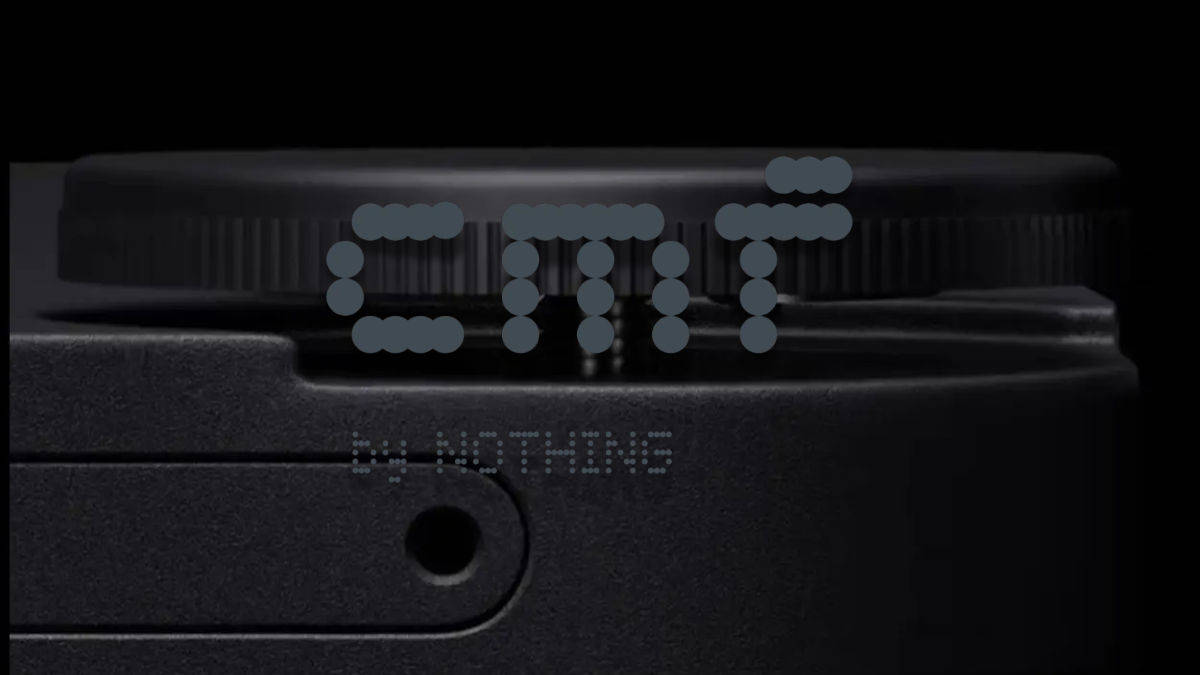This is a new direction for Dyson: a floor cleaner with no mention of suction, cyclone technology or any of the usual vacuum vocabulary. The Wash G1 is the company’s debut hard floor cleaner, and it replaces suction with high-speed rollers, water and nylon bristles. It will go on sale later this year for $700/£600, which is expensive but still cheaper than Dyson’s top Gen 5 vacuum. I got to test the Wash G1 at Dyson’s headquarters, a few hours west of London in the UK.
The product was born from the increased presence of hard floors in our lives. Dyson says there are fewer and fewer carpeted rooms in homes around the world. However, cleaning hard floors (industrial processes aside) remains a fairly manual process, usually involving mops (or Swiffer cloths, monster) that leave stains and streaks. Typical cleaning also involves wiping loose dirt and stains around your floor after the first soak.
Dyson’s method keeps fresh and dirty water separate as you clean, with dual microfiber rollers that apply the water, mechanically removing stains and dirt. The company addresses this on its V15 Detect Submarine, which has a dedicated cleaning head with built-in (much smaller) water compartments. The Wash G1 draws the dirty liquid up into its own container, capturing any physical debris in a thin mesh filter tray.
The rollers rotate in opposite directions, which helps lift stains and dirt. While testing it, the rollers also gave the cleanser a floating sensation as I swished it around. High-density microfiber cloths absorb and capture both liquid and solid dirt, while hardened nylon fibers pull larger dirt and items into a tray. Dirty water is also squeezed out of the rollers and drawn up into the machine.
The Wash G1 has 26 hydration points to ‘precisely’ soak the microfiber rolls, ensuring they are hydrated enough to tackle stains and dried-on dirt. The company claims that there is enough water in one tank to clean a surface equivalent to a tennis court – but this will depend on the machine’s settings.
There are three levels of hydration, while an additional maximum setting empties the tank much faster, applying as much water as possible to the most stubborn stains. This doesn’t affect battery power as much as a maximum vacuum setting would, as the Wash G1 doesn’t push the motors harder – it just uses more water. In order to reach the edges of the floor, Dyson moved the roller motors to one side so that the right side could touch the walls and edges tightly.
The Wash G1 can even perform self-cleaning, using half of the clean water tank to flush the system and clean the brushes. There is no heat function, but the spin should squeeze out most of the water. All of this is done while the Wash G1 is docked and charging, which, instead of the typical cord or stand that other Dyson vacuums use, is a flat surface that plugs into the wall.
Once the clean water tank ran out, it was easy to remove and fill – much easier than a coffee machine. The device with the two containers is removed from the body so you can throw away the dirty stuff and refill it with clean water. The dirty water container has a wide neck, so it is easy to clean without touching the accumulated dirt.
One problem though: the dirty water tank is…gross. I understand the satisfaction of looking at the dirt and grime while cleaning your floors, but a container of murky beige mystery is quite unpleasant in person. Maybe Dyson could make it in a smoked plastic that at least clouds the dirty water a bit?
The way the Dyson separates liquid and solid messes also reduces the amount of mud you’ll get from cleaning floors with water (not to brag, but I may have cleaned a carpet or two in my lifetime). It does this by ensuring that solids are not in the water for too long. Dirty water is drawn into its removable container by differential pressure, which means there is also no chance of dirt getting into engines, filters and other delicate parts.
A final microfiber roller then picks up the remaining water and Dyson says it buffs the floor to avoid streaks. During my short time with the Wash G1 it still left streaks, but maybe Dyson will fix that. After all, there is plenty of time before it ships to consumers. In the UK, the company is aiming for a fall (okay, fall) launch, with the Wash G1 coming to the US later this year. The demo space was also a reflective marble surface – perhaps a more challenging surface to clean perfectly. My wood floors at home probably wouldn’t show streaks.
This is Dyson’s first attempt at specifically cleaning hard floors and I still have a lot of questions about how well the filter tray works. How much can you cram into such a thin thing? We hope to get more answers when we take a closer look before launch later this year.
https://www.engadget.com/dysons-first-dedicated-hard-floor-cleaner-doesnt-suck-230124850.html?src=rss






:max_bytes(150000):strip_icc()/Health-GettyImages-1344937456-050f0adfa4b64287b92e93653811b9ff.jpg)


